The Black Abbey touches slightly upon one of my favourite love stories: that of Simon de Montfort and Eleanor of Leicester. The Abbey may not have had a direct relation to the story but some of the people in this tale were involved in the creation of the Abbey.
The priory was founded in 1225 by William Marshall Jr., son of the Earl of Pembroke mentioned in the Kilkenny post. As a boy, William Marshall II was taken in for fostering by King John to guarantee the support of William Marshall I during England’s war with France.
Eleanor of Leicester, born in 1215, was the youngest daughter of King John. While still a baby, Eleanor’s father died and left behind an England that was split in its war with France. Eleanor’s oldest brother, Henry III, inherited the throne and the war but was still just a boy.
William Marshall I agreed to support Henry III, but in exchange, Eleanor was promised to William Marshall II. They were married in 1224 when William was 34 and Eleanor only nine. The Black Abbey was built a year later. This may have been the beginnings of Eleanor’s lifelong support of the Black Friars, for whom she became a generous benefactor and devoted follower.
William Marshall II died in London in April 1231 and the widowed Eleanor swore an oath of chastity to the Archbishop of Canterbury. This lasted for seven years until she met Simon de Montfort, 6th Earl of Leicester, with whom she had a controversial but passionate love affair. The affair ended in a secret marriage in 1238 and caused enough furor to force de Montfort to travel to Rome to get the Pope’s blessing.
The Black Abbey’s story doesn’t end with Eleanor and Simon de Montfort. It either flourished or floundered depending on who was King/Queen and whether they were Catholic or Protestant; rather ironically, Eleanor and Simon’s descendent, Elizabeth I (a.k.a the Protestant Queen or the Virgin Queen), was particularly brutal to the Abbey and Catholics in Kilkenny.
During the Eleven Years’ War (1640s), the Abbey played a huge role in the Irish Catholic Confederation where, for a short period, Ireland achieved self-government. This ended in 1650 when Oliver Cromwell surrounded and held Kilkenny in a siege. After the city surrendered, he then ordered the destruction of most of all “monuments of idolatry” in Kilkenny’s churches and later saw to the near-complete destruction of the Black Abbey itself.
It was later discovered during a rebuilding of the building that not all “idolatry” was destroyed… some were buried under the church and in the walls. An alabaster Holy Trinity Statue near the entrance of the Black Abbey (inscribed with 1264 on its base) was one item found in the walls.
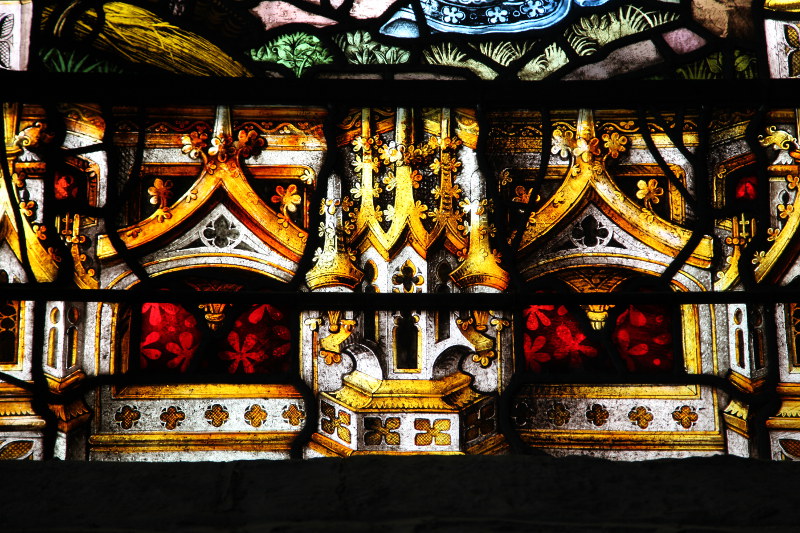
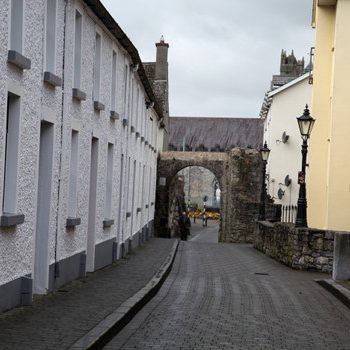
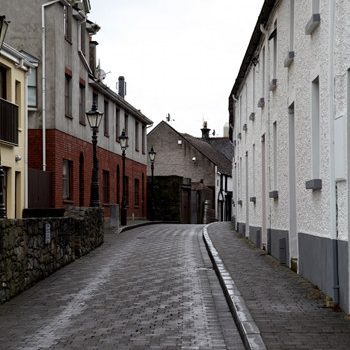
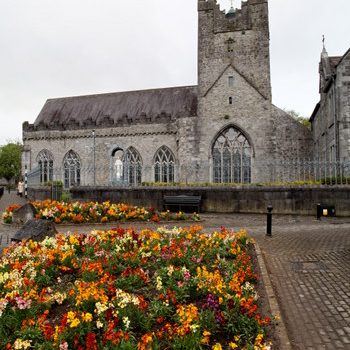
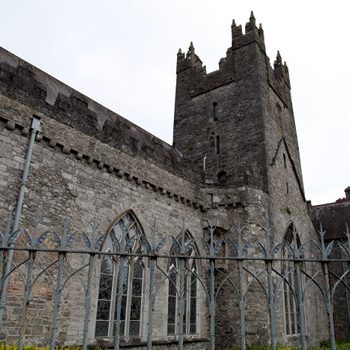
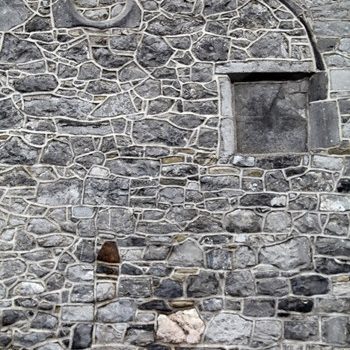
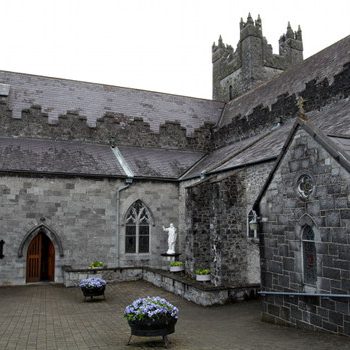
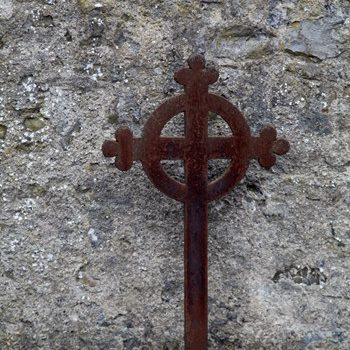
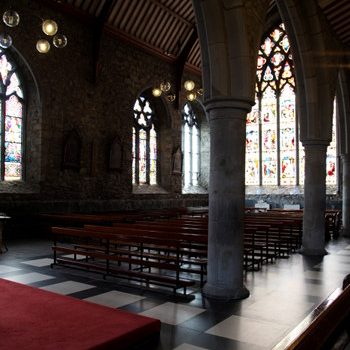
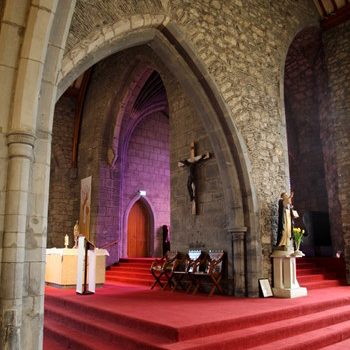
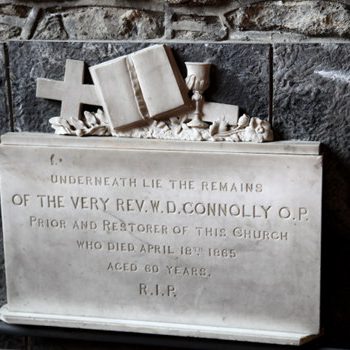
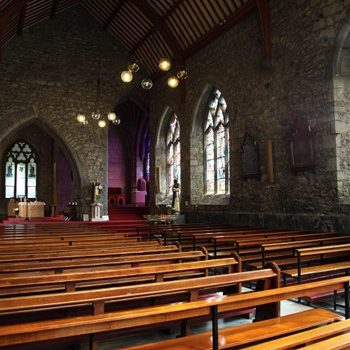
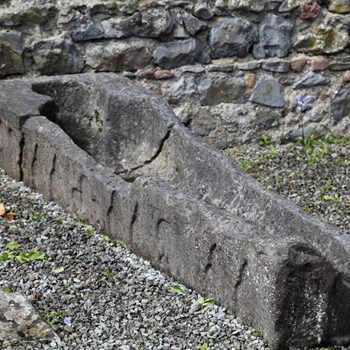
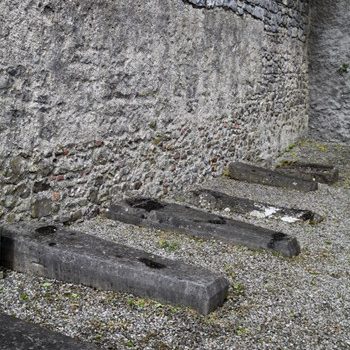
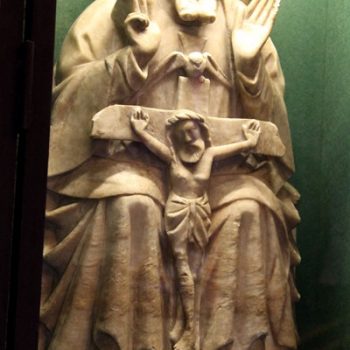
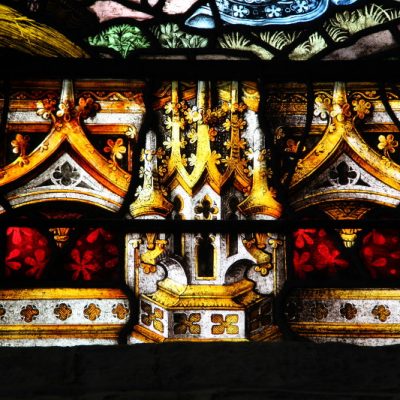
So, how exactly does the line of Eleanor and Simon de Montfort lead to Elizabeth I? Below is the direct line…
* Eleanor of Leister married Simon de Montfort
* Child Guy de Montfort married Margherita Aldobrandesca
* Grandchild Anastasia married Romano Orsini
* G Grandchild Roberto Orsini married Sueva del Balzo
* GG Grandchild Nicolas Orsini married Jeanne de Sabran
* GGG Grandchild Sueva Orsini married Francisco del Balzo
* GGGG Grandchild Margherita del Balzo married Louis of Luxembourg
* GGGGG Grandchild Jacquetta of Luxembourg married Richard Woodville
* GGGGGG Grandchild Elizabeth Woodville married Edward IV of England
* GGGGGGG Grandchild Elizabeth York married Henry VII of England
* GGGGGGGG Grandchild Henry VIII married Anne Boleyn
* GGGGGGGGG Grandchild was Elizabeth I who never married or had children. However, the line continues through James I of Scotland, who is also the grandson of Elizabeth York and Henry VII of England, and goes straight through to the current royal family.
Well I think all the Georges were crazy people from Germany. And they lead right up to the current Queen.